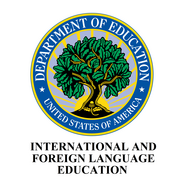
(View Complete Item Description)
India and South Asia: From Area Studies to Ethnic Studies
Course design by Rachel Heilman, Issaquah High School.
Developed with the support of Sunila Kale (Associate Professor of International Studies) and the South Asia Center (Henry M. Jackson School of International Studies, University of Washington), with funding from the U.S. Department of Education National Resource Centers Program.
Dear Colleague,
I hope you are able to implement some version of this course at your institution! I have it aligned to Washington State Social Studies Standards, but it is right in line with Common Core-driven expectations and should fit well with any state’s standards. This course also very much supports the new Washington Ethnic Studies Framework.
––Rachel Heilman, March 2022
Course Description
How can understanding a particular region both shape and enhance our understanding of ourselves and the world around us? As we gain knowledge, how do we both recognize and cross the political boundaries we see on maps? In this one-semester course we will use an interdisciplinary approach to examine India and wider South Asia as we work to conceptualize the ways people, power, geography, and the past shape the region. For the purposes of this course South Asia will include Bangladesh, Bhutan, India, Maldives, Nepal, Pakistan, and Sri Lanka. In our role as global citizens we will also expand our inquiries to the web of connections between South Asia and our own individual and social identities.
Material Type:
Activity/Lab,
Assessment,
Case Study,
Full Course,
Lecture Notes,
Lesson Plan,
Module,
Syllabus,
Teaching/Learning Strategy,
Unit of Study
Authors:
Rachel Heilman,
University of Washington South Asia Center











